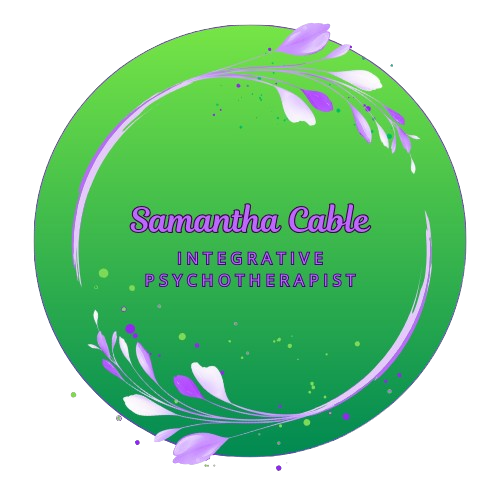
Do you ever lie in bed, exhausted but unable to sleep because your mind won’t stop racing? You’re not alone. Many people struggle with intrusive thoughts at night, making it difficult to relax. Fortunately, there’s a science-backed technique called the cognitive shuffle (also known as the “alphabet sleep hack”) that can help.
In this article, we’ll explore:
- What the cognitive shuffle is
- How it works psychologically
- Step-by-step instructions
- Variations to try
What Is the Cognitive Shuffle?
The cognitive shuffle is a mental exercise designed to distract your brain from repetitive or anxious thoughts by engaging it in a harmless, nonsensical task. Developed by cognitive scientist Dr. Luc P. Beaudoin, this technique helps shift your mind away from worry and into a state more conducive to sleep (Beaudoin, 2015).
Unlike traditional relaxation methods (like deep breathing or visualization), the cognitive shuffle works by occupying your working memory—the part of your brain responsible for holding and processing short-term information. When this mental “space” is filled with a neutral task, there’s less room for stressful thoughts.
How Does It Work?
Research suggests that insomnia and nighttime anxiety are often fueled by hyperarousal—a state where the brain is overly alert (Perlis et al., 1997). The cognitive shuffle helps by:
1. Disrupting repetitive thoughts – By forcing your brain to focus on something random, you break the cycle of rumination.
2. Engaging working memory lightly – Unlike problem-solving or planning, this task is just demanding enough to distract but not so difficult that it keeps you awake.
3. Inducing mild mental fatigue – The exercise is slightly tedious, which can help lull your mind toward sleep.
How to Do the Cognitive Shuffle (Basic Method)
Here’s the classic version of the technique:
1. Pick a random word – Choose a simple, neutral word (e.g., “apple”).
2. Spell it backward silently – For “apple,” you’d think: E-L-P-P-A.
3. Now, think of a word starting with each letter – For E-L-P-P-A, you might imagine:
-
- E → Elephant
- L → Lighthouse
- P → Pizza
- P → Penguin
- A → Airplane
4. Visualize each word briefly – Don’t overthink it; just let the images float into your mind.
5. Repeat with a new word if needed – If you’re still awake, pick another word and repeat the process.
Most people fall asleep before finishing a second or third word.
Variations to Try
If the basic method doesn’t resonate with you, experiment with these tweaks:
- Random shuffle – Select a word (e.g., “bedtime), and list random words for each letter of the word (B – bear, boy, bow, bloom, blunt… E – egg, eager, eyelid…), switch letters once your brain becomes tired of one of them or you can’t think of any more words.
- Category shuffle – Instead of random words, pick a category (e.g., “animals”) and go through the alphabet (A – Antelope, B – Bear, C – Cat…).
- Nonsense story method – Imagine a silly, disjointed story where each new word adds to the absurdity (e.g., “A banana drove a spaceship to a library where a giraffe was reading…”).
- Backward counting with imagery – Count down from 100 while pairing each number with an image (e.g., “99 balloons, 98 ducks…”).
Why It Works: The Science Behind the Shuffle
Studies on cognitive load theory (Sweller, 1988) suggest that occupying the mind with a low-stakes task can reduce anxiety by preventing overstimulation. Additionally, the technique aligns with attention-binding theory, which states that focusing on neutral stimuli can help disengage from distressing thoughts (Harvey, 2002).
Final Thoughts
The cognitive shuffle is a simple, drug-free way to calm a busy mind before sleep. It won’t work for everyone, but many find it surprisingly effective. If you struggle with nighttime overthinking, give it a try—you might just shuffle your way into better sleep.
References
- Beaudoin, L. P. (2015). Cognitive Shuffle for Sleep Onset Insomnia. Simon Fraser University.
- Harvey, A. G. (2002). A cognitive model of insomnia. Behaviour Research and Therapy, 40(8), 869-893.
- Perlis, M. L., Giles, D. E., Mendelson, W. B., Bootzin, R. R., & Wyatt, J. K. (1997). Psychophysiological insomnia: The behavioural model and a neurocognitive perspective. Journal of Sleep Research, 6(3), 179-188.
- Sweller, J. (1988). Cognitive load during problem solving: Effects on learning. Cognitive Science, 12(2), 257-285.
